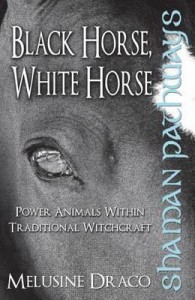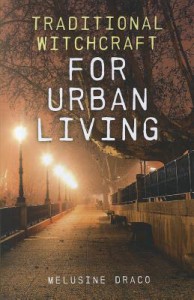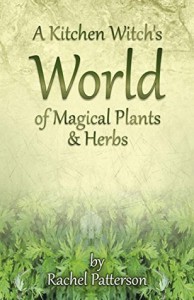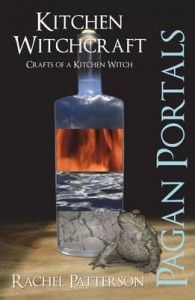
This is not a ‘how to’ book. It is my strongest advice to anyone wishing to know more or to follow the path of the Druid to find themselves a well respected teacher or training course. This can take time and patience. But it will also save time and potential confusion.
Before we know anything at all, we are free. When we have begun to discover, we each carry away with us for some time the burden of thinking we know everything. True magic is about empowerment. Empowerment is about personal creativity, not
control. Competition is the game of the ego. A good teacher will never appear superior. It isn’t a race for enlightenment; it is a journey towards balance and perfect peace. There is no Holy Grail which holds all the answers. There is only our own freedom of spirit.

A quote from the beginning of Spirits of the Sacred Grove. It absolutely is not a how-to book, and anyone picking this up to learn Druidry will have their work cut out to say the very least. Even so, it is a book that has inspired a great many people to find their own way and their own path as Druids. Emma Restall Orr offers a poetic sense of what it means to be a Druid, a tantalizing glimpse of something hard to name, and even harder to pin down or possess. There are a great many contemporary Druid authors whose journey and inspiration began with Emma Restall Orr's work, and a great many Druids who are still questing after something that they first sensed while reading this particular book. It holds an important place in the evolution of modern Druidry.






















